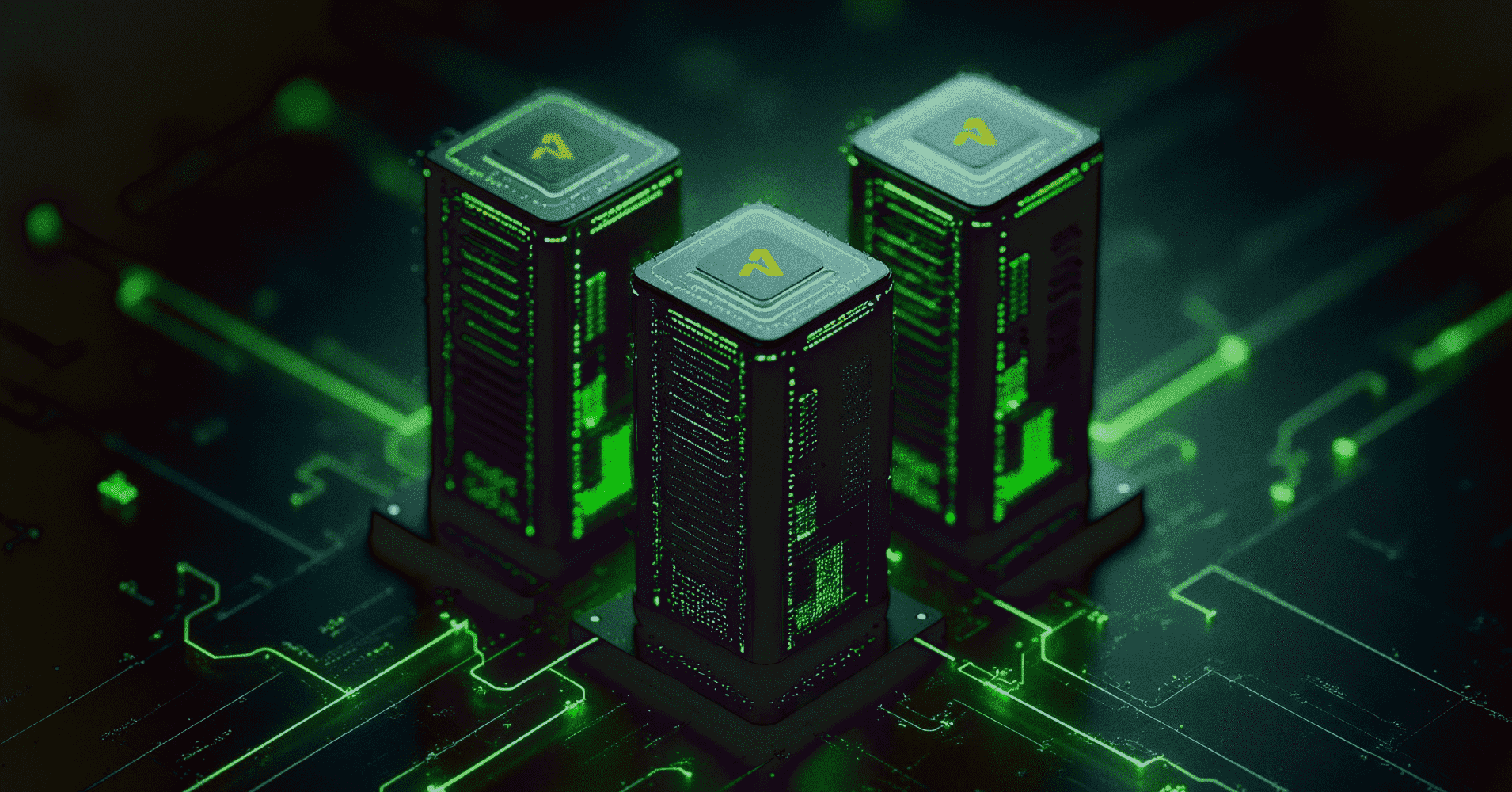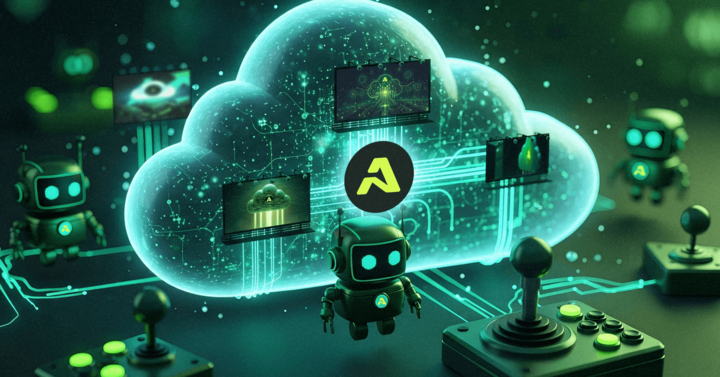Discover the key factors to consider when selecting the right GPU for your AI workload, and learn how to make an informed decision that meets your business needs.
Graphics Processing Units (GPUs) have become the backbone of AI computing as they are optimized for parallel processing. GPUs’ high floating-point operation capacity allows them to execute multiple instructions simultaneously, translating to faster training and inference of deep learning models.
The choice of GPUs can significantly influence the cost-efficiency, scalability, and performance of your artificial intelligence (AI) workloads. AI is ever-evolving, as new models and products are being introduced daily. However, selecting the ideal GPU for your project is not easy as you have to consider the unique project requirements, budget constraints, and nature of algorithms. This article seeks to provide a comprehensive guide to choosing the right GPU for your AI workload.
Understanding your AI Workload
AI workloads are a set of computational processes and tasks supporting the development and execution of AI models. These processes are diverse and include things like feeding AI models with large datasets and letting them learn to identify patterns or even make predictions.
AI workloads vary in frequency of use, data requirements, and complexity. Understanding your AI workload makes it easy to determine the nature of infrastructure and resources that you need to optimize performance to be scalable and cost-efficient. These are some of the factors to consider when evaluating your AI workload:
- Complexity: The complexity of AI workloads will depend on the structure of the neural networks, the algorithms involved, and the types of models being used. Simple models like decision trees will require less computational power in comparison with complex models like deep neural networks (DNNs).
- Volume: The volume of data being processed impacts the overall workload. GPUs with large memory sizes are needed for high-volume workloads.
- Frequency: The frequency with which AI workloads run influences the computational infrastructure needed. A robust infrastructure is needed for AI workloads that need real-time inference and frequent model retraining.
- Data requirements: The type, size, and complexity of data being used influences AI workloads. The AI workload on unstructured data like images and videos is higher than that of structured data like tabulations.
- Integration with existing systems: If the AI workload seamlessly integrates with your existing systems, it will be small. The ideal GPU should also scale as your workload grows.
Types of GPUs
GPUs were originally designed to be used in graphics and video rendering. They are also loved for their capabilities in the gaming world but have now found their way into creative production and artificial intelligence (AI) fields. All GPUs aren’t created the same, and the following are some of the categories:
- Consumer-grade GPUs: These are designed for general-purpose use, such as entry-level AI researchers, multimedia enthusiasts, and gamers. Consumer-grade GPUs strike a balance between performance and cost. However, they have limited memory capacity, ranging from 8 GB to 24 GB, making them unideal for training large AI models.
- Professional-grade GPUs: These are designed for professionals working on simulations, AI models, content creation, and other domains needing high reliability and performance. They have features like ECC memory (Error-Correcting Code) that ensure data precision and integrity. However, the high performance and stability come at a cost and may not be ideal for budget-conscious users.
- Datacenter-grade GPUs: These are designed for large-scale AI workloads and high-performance computing. They have high floating-point performance (FLOPS), making them ideal for scientific computations and deep learning. However, they are expensive and also require specialized cooling, power, and space considerations.
GPU Selection Criteria
You may have decided to take consumer-grade, professional-grade, or datacenter-grade GPUs. However, you may be spoilt for choice if you are provided with a variety of GPUs in the same category. These are some of the factors to consider:
- Performance: Performance is an important consideration in GPU selection. You will find GPUs labeled FP32, INT8, or INT16. FP32 (32-bit floating-point precision) GPUs are ideal for scientific and deep-learning computations. Users looking for the fastest and most efficient GPUs should go for INT16.
- Memory and bandwidth: VRAM or memory capacity determines the size of datasets you can train without running into memory bottlenecks. 8GB VRAM is enough for small-scale tasks, while large-scale AI training models might need over 24GB.
- Power consumption and cooling: GPUs consume a lot of power when processing data and produce a lot of heat during deployment. Datacenter and pro-grade GPUs tend to consume more power than consumer-grade equivalents. Ensure that your power supply can handle the power requirements.
- Compatibility and integration: You will be working with a lot of tools, especially if you are in a field like AI. The ideal GPU should be compatible with popular tools like TensorFlow, PyTorch, and ONNX. It should also be “future proof” to accommodate future technologies.
- Cost and ROI: The revenue you generate from the GPU should make sense when compared with the buying cost. GPUs are priced differently, and the prices rise as you move from consumer- and professional-grade to datacenter-grade. Consider the cost of power consumption, cooling, and necessary infrastructure changes on top of the buying price.
High-Performance GPU Options
High-performance GPUs handle demanding machine learning and AI workloads. They also handle scientific simulations, real-time inferencing and train large-scale neural networks. The following are examples of high-performance GPUs.
- NVIDIA V100: This model has Tensor cores, making it ideal for demanding AI tasks and data centers. However, NVIDIA V100 has limited memory size as it comes in 16GB and 32GB HBM2 memory configurations.
- NVIDIA A100: This model is based on Volta architecture and is ideal for AI and HPC workloads. It can consume up to 400W, which is higher compared to similar GPUs.
- NVIDIA H100: It is based on the Hopper architecture and is suited for high-performance computing, machine learning, and AI. It is a premium product with high pricing.
- NVIDIA H200: This model improves on the NVIDIA H100 and comes with CUDA and Tensor Cores for faster processing and handling of complex models. However, this GPU can be hard to deploy, and organizations may need to implement multi-GPU setups and optimize their infrastructure.
Cost-Effective GPU Options
The high-performance GPUs we have covered so far can cost from $8,000 upwards. This makes access to AI hard for those with budget constraints. Luckily, we have several cost-effective GPU options we can consider:
- Cloud-based GPU services: Big tech companies like Google, Amazon, and Microsoft offer GPU services through Google Cloud Platform, Amazon EC2, and Microsoft Azure, respectively. These platforms offer flexible billing that is mostly based on a per-usage basis. However, latency can be an issue when the data centers are located far away.
- GPU rental services: Platforms like Aethir allow those with unutilized GPUs to rent them to others. The beauty of GPU rental services is there is no upfront cost. Platforms like Aethir are decentralized, allowing users to access GPUs that are nearest to them, thus reducing latency. The major issue with GPU rental services is the dependency on third parties.
- Used or refurbished GPUs: Used or refurbished GPUs can be bought on platforms like eBay or Amazon. The major advantage is that they can reduce the initial cost. However, such GPUs may have performance issues and limited warranty.
Aethir GPU Rental: A High-Performance, Cost-Effective Option
Aethir provides a decentralized cloud computing infrastructure that aggregates enterprise-grade GPU chips into one network. This platform uses decentralized physical infrastructure networks (DePINs) to supply on-demand computing resources to industries like AI and gaming. This approach provides affordable and scalable computing resources that challenge traditional centralized cloud computing models.
These are some of the benefits of renting GPUs from Aethir:
- High-performance capabilities: Aethir aggregates high-quality chips like NVIDIA H100 chips from data centers, gaming studios, and tech companies.
- Cost-effective option: Aethir’s distributed model can reduce the costs associated with centralized cloud services by up to 80%.
- Flexibility and scalability: Aethir offers models such as Infrastructure as a Service (IaaS) and Bare Metal, allowing clients to select what suits their needs and scale upwards or downwards based on needs. This flexibility and scalability allowed TensorOpera to use Aethir’s GPU rental service to train its 750-million-parameter AI model for 30 consecutive days.
- No upfront capital expenditures: Users don’t have to invest in expensive hardware but can still train models and create AI products. Aethir allows users to pay for the resources they use.
Wrapping Up: Matching Your AI Workload with the Perfect GPU
Selecting the right GPU for your AI workload is essential if you want to optimize the performance of your AI models, be cost-effective, and scale. GPUs come in different forms, and you can choose from consumer-grade, pro-grade, or data center-grade options. The cost of acquiring a GPU can be prohibitive. Still, luckily, you can use DePINs like Aethir, which offer affordable computing resources and allow you to scale and enjoy flexibility with their packages.
For more information about Aethir's AI GPU offerings sign up here or check aethir.com/ai.






